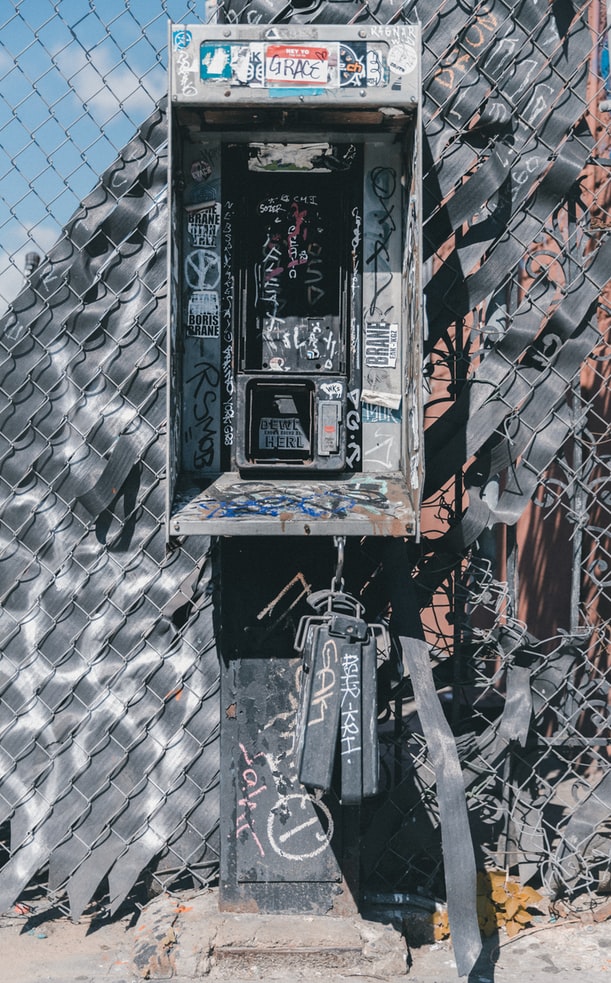
This weblog post is an English language version of content prepared for students in my technology classes. I never was too concerned about the official goals of the course, apart from making sure I could document that they were being met. Some of my goals were to encourage personal expression, and upcycling (or at least reuse) of materials. In addition, another purpose was to encourage thinking about ethical and aesthetic decisions.
Assignment: As part of a design process, you are asked to produce a smartphone case for yourself. This will involve the selection of materials for the case, and the selection of processes to transform the material into a final product. You will have to defend your choices ethically and aesthetically.
While this post presents an overview, it is insufficient in depth to be used to defend your choices. You will have to research your material choices further. Please be aware that fake information abounds. For example, latex is often described as a sap. It isn’t.
Below are some descriptions of some materials that can be used to make smartphone cases. The list is not exhaustive, and you do not have to use materials found here.
Bamboos are evergreen, perennial flowering grasses. They are some of the fastest growing plants in the world. Bamboo has a higher specific compressive strength than wood, brick or concrete, and a specific tensile strength about that of steel.
Smartphone cases can be made from wood. Materials include hardwoods such as cherry, and softwoods, such as redwood.
Smartphone cases can be made from a number of different textile materials. This includes woven fabric from cotton, linen, wool or synthetics. The yarn used to weave with can be dyed prior to weaving, or the fabric can be dyed afterwards. Tie-dying is another approach. Various types of yarn can be knitted or crocheted into cases.
Leather is made from animal hides of cows and other animals. It is very soft and durable. For many people, leather symbolizes style and luxury. For others, it symbolizes animal cruelty. It can be used to make smartphone cases.
There are a wide variety of polymers that have been developed, but only some of them are suitable for smartphone cases. Polymerization is the process of combining many small molecules called monomers into a long chain. Plastics make extensive use of carbon in their chains. Some are natural, most are synthetic.
Synthetic leather is made from different types of plastic, most commonly polyurethane and polyester. It is soft and pliable.
Natural rubber is made from latex, a milky fluid found in 10% of all flowering plants. It is not sap, but a separate substance, separately produced, and with separate functions, but mainly as defence against herbivorous insects. People with latex allergies should avoid smartphone cases made of rubber.
Synthetic rubber is made from petroleum. Both natural and synthetic rubber have very similar characteristics, so it is difficult to tell them apart.
Polycarbonate is used in a wide variety of consumer products. It is very strong and resists breaking. As a protective phone case, it is almost ideal.
Polypropylene is especially useful with injection molding, and its to form different shapes. For that reason, it is very easy to manufacture smartphone cases from it.
Polyurethane is not as strong as polycarbonate but still offers phone protection. Polyurethane can be hard or soft, with many smartphone cases made from recycled polyurethane.
Silicones are polymers that include any synthetic compound made up of repeating units of siloxane, which is a chain of alternating silicon atoms and oxygen atoms, combined with carbon, hydrogen, and sometimes other elements. They have low thermal conductivity; thermal stability from -100 to 250 °C; low chemical reactivity; water repellent; low toxicity; do not support microbiological growth; resistant to oxygen, ozone, and ultraviolet (UV) light; Silicone can be formulated to be electrically insulative or conductive. Silicone’s softness and flexibility makes it useful for protective smartphone cases.
Carbon fiber is a relatively new invention that takes microscopic strands of carbon and weaves them together to make a very strong, resilient material that is stronger and lighter than steel.
People who like the look and feel of their metal smartphones may want a metal smartphone case. Most are made of aluminum, a lightweight metal used in many smart phones.
Because production processes are dependent on the material being processed, it is important to decide on the material to be used, before one decides on the manufacturing process. Said another way, if one has a limited skill set, those (lack of) skills will limit the materials that can be used.
Don’t own/ use a smartphone? No problem, design a case for a delicate object that you carry around with you regularly, and that could benefit from added protection.

